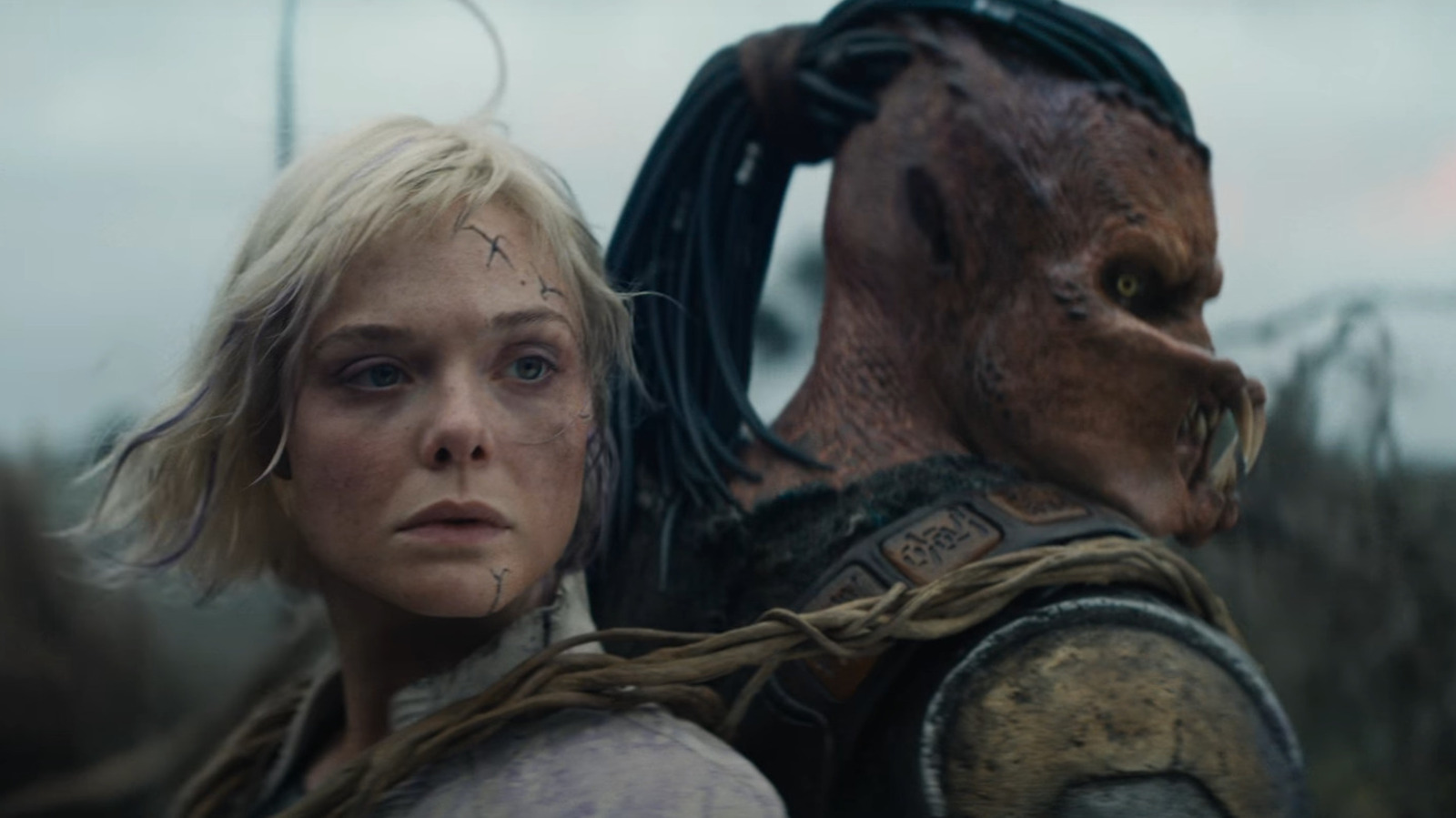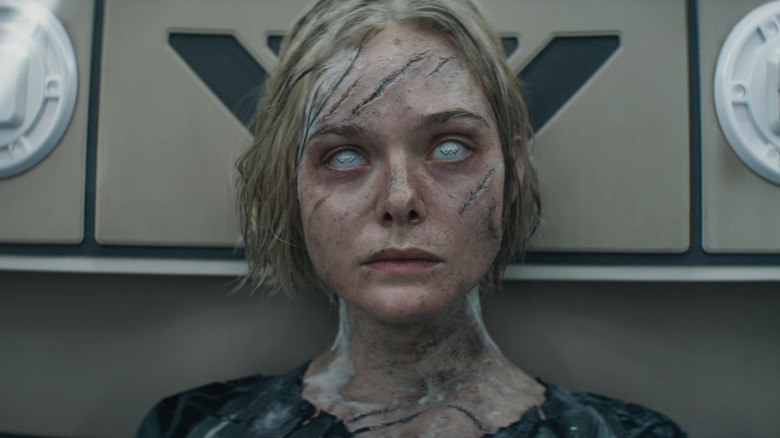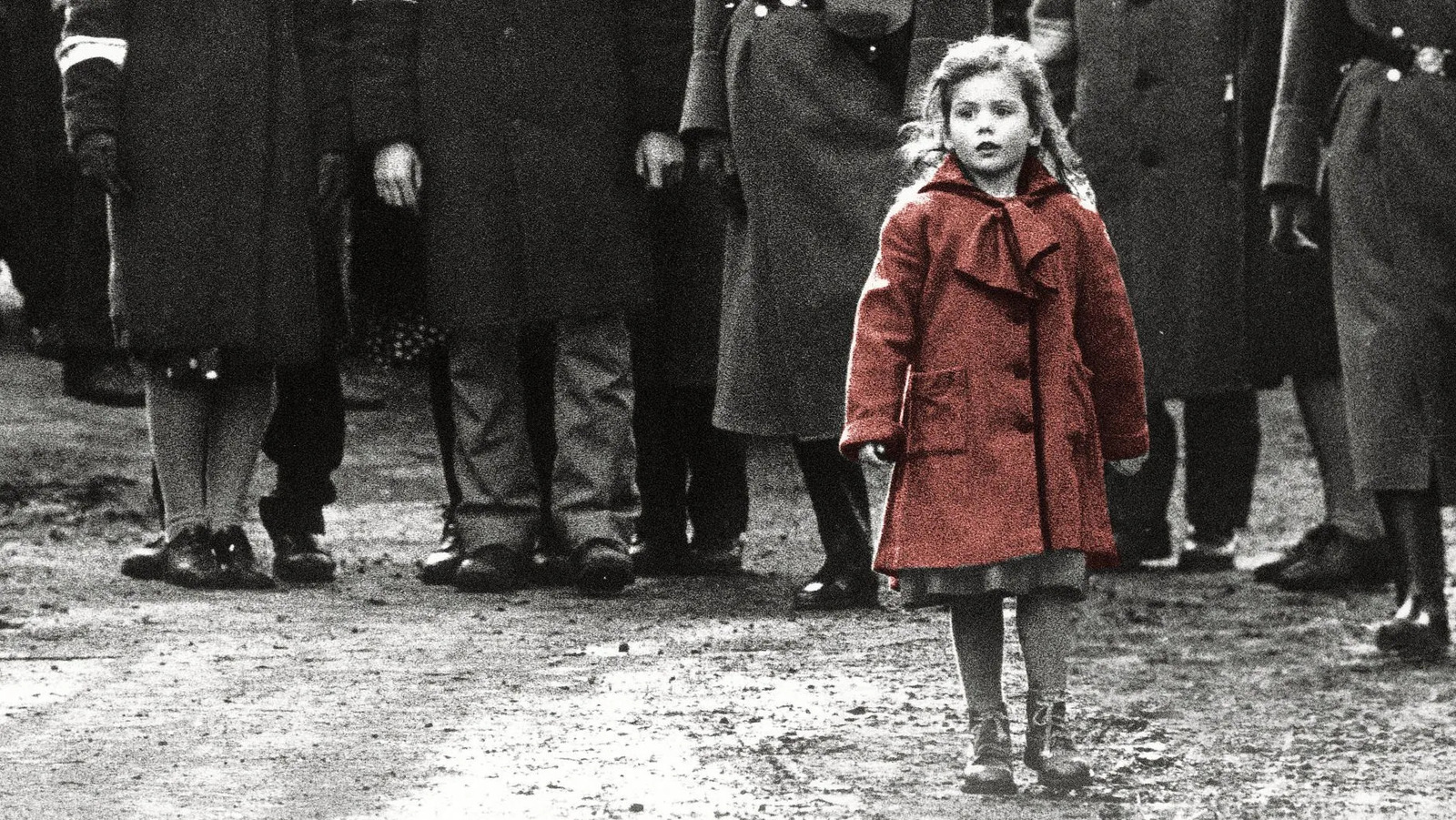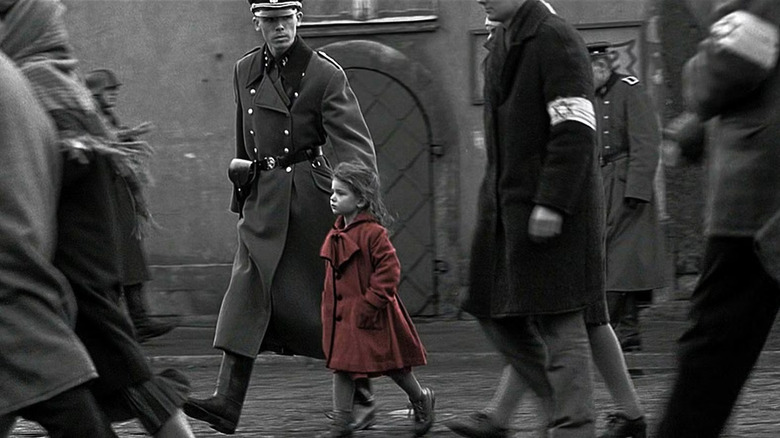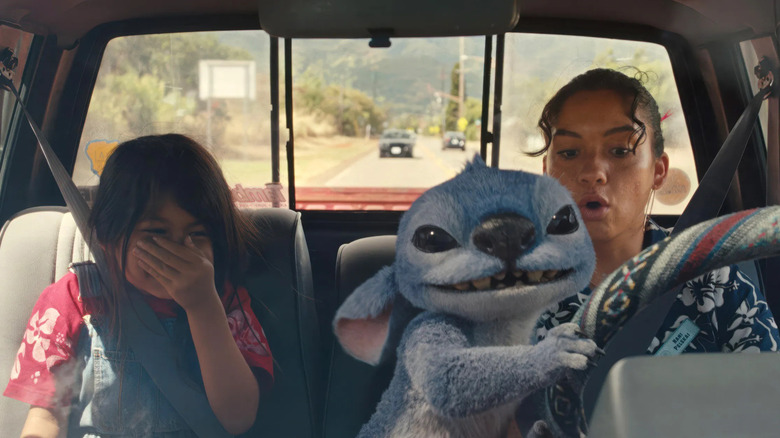
by admin | Jul 21, 2025 | Articles, Hollywood Reporter Articles
Members of the Academy of Motion Picture Arts and Sciences: start your engines — or at least your members-only streaming service!
The Oscars submission site, through which film companies upload streaming assets to the Academy Screening Room, opened on Monday, and if past is prologue, members will soon be able to check out some of the year’s top films from the comfort of their home.
Film companies will have to go through a few hoops — and write a check — to take advantage of this pipeline, though.
There are two submission deadlines for general entry/feature film, which are based on when a film is released. The Academy must receive both an Oscars Submission Form (OSF), signed by all credited producers, and a copy of the complete screen credits by Wednesday, Sept. 10, at 5 p.m. PT, for films released between Jan. 1 and June 30, and by Thursday, Nov. 13, by 5 p.m. PT, for films released between July 1 and Dec. 31.
Beginning this year, all credited individuals with a “producer” or “produced by” credit are required to sign the General Entry form to ensure that all parties are properly informed of the criteria and deadlines regarding the film’s eligibility and potential designated award recipients. (This follows an Oscar nominations announcement earlier this year in which the producing nominees for an unusually high number of nominees for best picture and best documentary feature had not yet been adjudicated.)
In addition, the following award categories have additional or separate entry requirements and deadlines: Animated feature film, animated short film, best picture, documentary feature film, documentary short film, international feature film, live action short film, music (original score, original song), visual effects.
Complete rules, additional qualification criteria and FAQs for all award categories are posted here.

by admin | Jul 21, 2025 | Articles, Hollywood Reporter Articles

DC Studios is taking one step closer to a Wonder Woman movie, with the studio in talks with Ana Nogueira to pen the script.
Nogueira is a favorite at the studio, where she has a blind deal and wrote next summer’s Supergirl movie and is working on a live-action Teen Titans movie for the Warner Bros.
Wonder Woman is a crown jewel of the DC Universe, and along with Superman and Batman, makes up part of the Trinity of its key heroes. Gal Gadot previously starred in a pair of Wonder Woman films, with 2017’s Wonder Woman breaking ground for female led superhero films and earning both acclaim $822 million globally. She also starred in Wonder Woman 1984 and appeared in Justice League, The Flash and Shazam! Fury of the Gods. The role will be recast for the new DC Universe.
DC Studios co-head James Gunn recently addressed speculation that the film was being fast-tracked. “It’s a priority but I wouldn’t call that fast-tracked,” he wrote on Threads last week. “Nothing is going to be shot unless we’re as sure as we can be that the script is good.”
DC is coming off of the success of Superman, which introduced Milly Alcock’s Supergirl. The character will bow in her own film on June 26, 2026, with DC also bringing Clayface to the big screen on Sept. 11, 2026
DC Studios has also spent time developing a Wonder Woman-centric TV show, Paradise Lost, a prequel described as its answer to Game of Thrones. Its status is unclear.
The Wrap first reported the news.
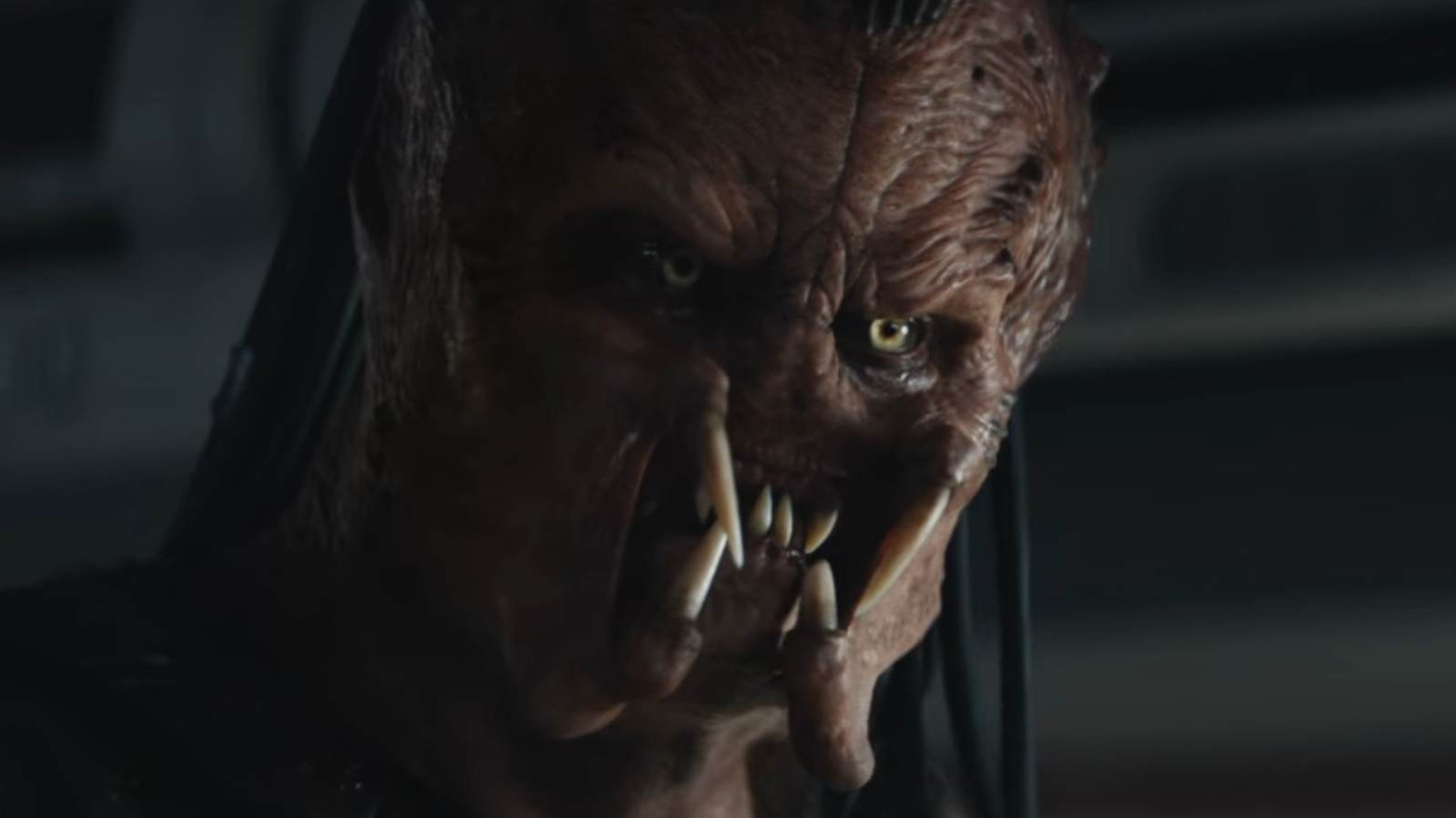
by admin | Jul 21, 2025 | TV & Beyond Articles
“Alien” franchise was going to crossover into “Predator: Badlands” in its first teaser, now they can be sure that Weyland-Yutani is going to be all over the upcoming sequel, thanks to the arrival of a brand new trailer. Revealing more of Elle Fanning’s wise-cracking android that comes with a few loose wires, and an epic showdown between a very aggressive lifeform and a Powerloader at the end, one thing that might have caught the attention of die-hard fans of both franchises is the small squad of soldiers that our heroic (yep, you read that right) Predator is up against.
Around the 1:26 mark, the aforementioned army is seen wandering through what looks like a storage facility, most likely on the hunt for our young Yautja (confirmed as Dek and played by Dimitrius Schuster-Koloamatangi), who’s out for something to prove. What’s interesting about this particular squad is that, thanks to a quick pause, we can see that these soldiers aren’t even human and appear to be multiple models of the same android. This brief glimpse marks a first in “Alien” film history, given that no milk-blooded bot in that franchise has ever come initially armed and dangerous – but why would they? As Lance Henriksen’s Bishop points out in “Aliens,” “It is impossible for me to harm or, by omission of action, allow to be harmed, a human being.” But of course, it’s not a human that they’re after now, is it?





